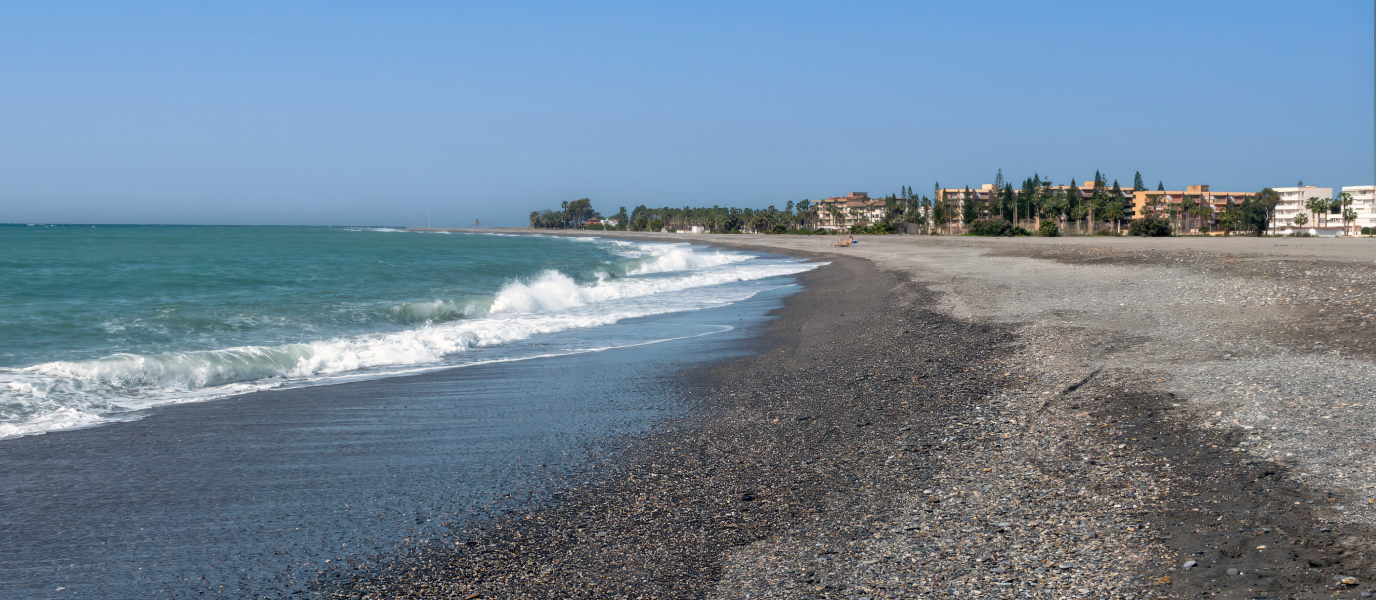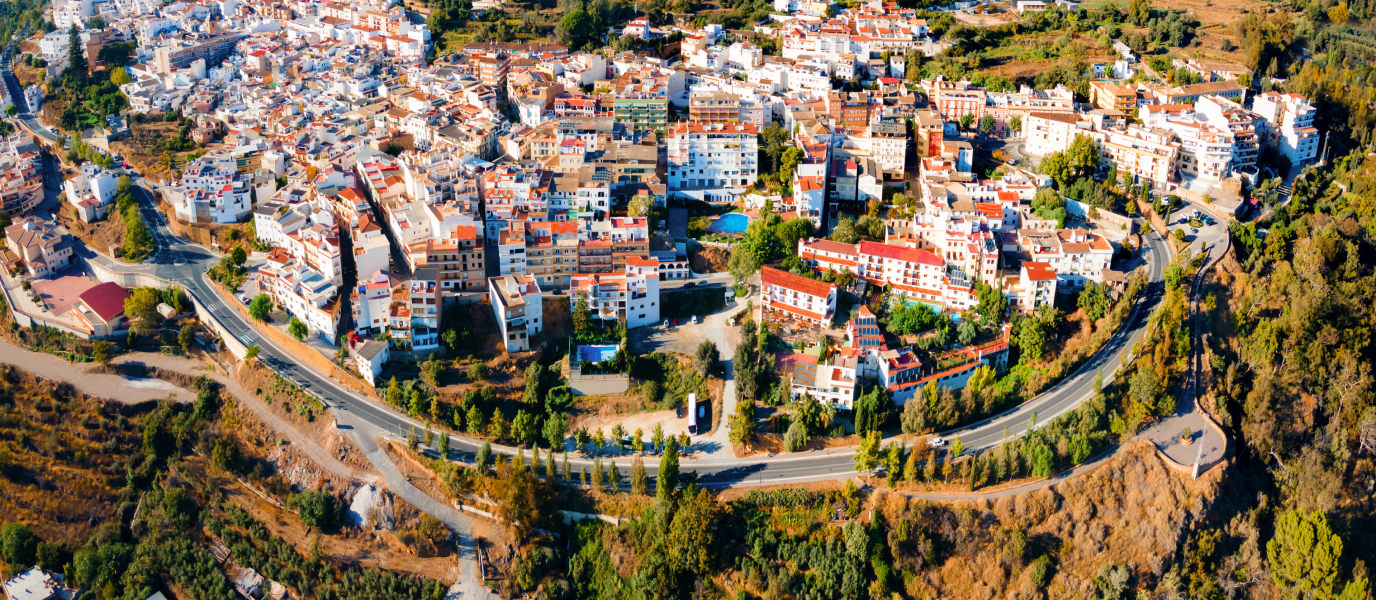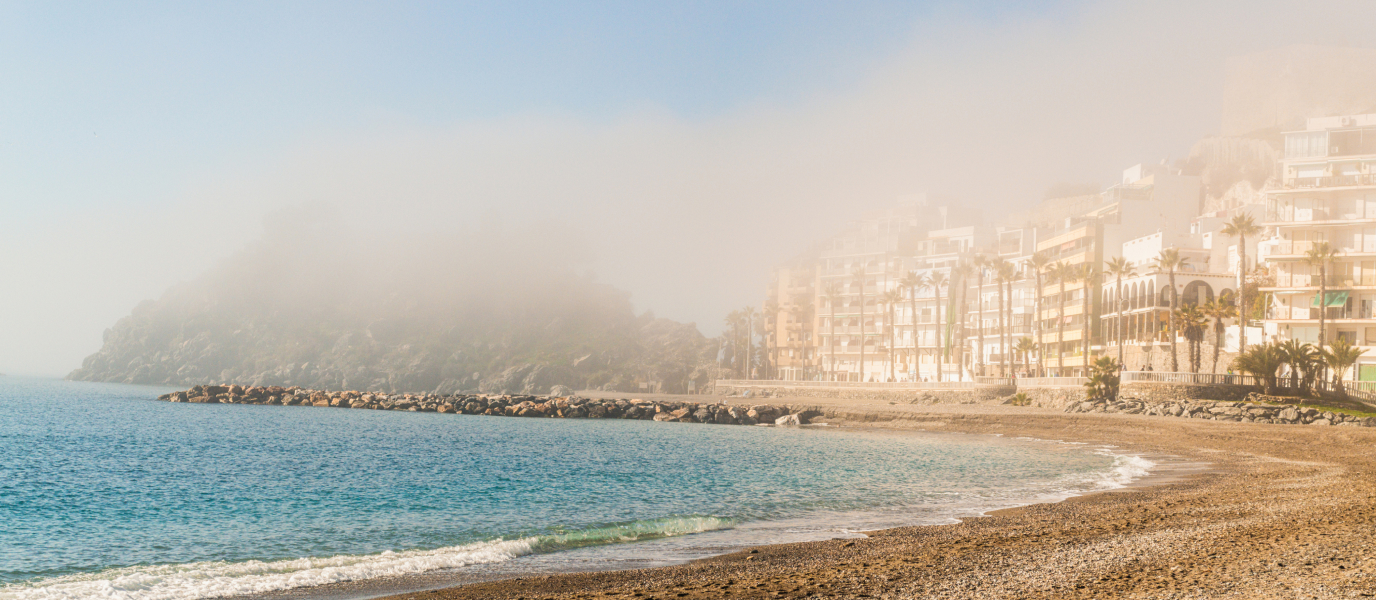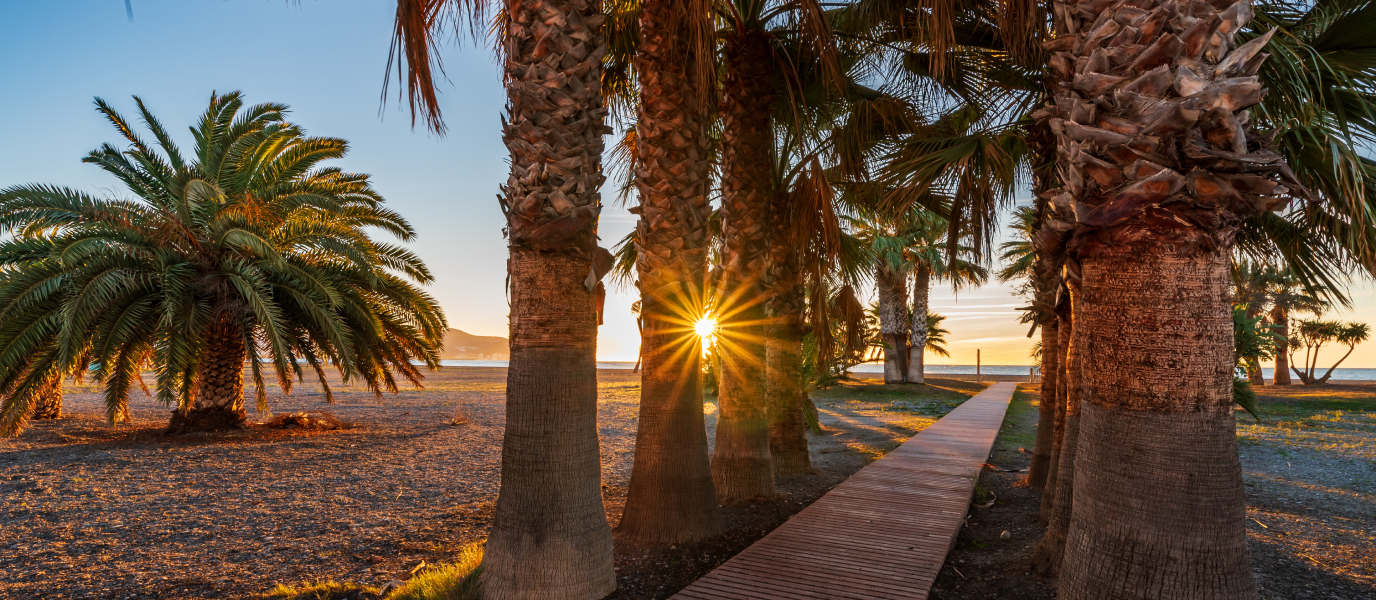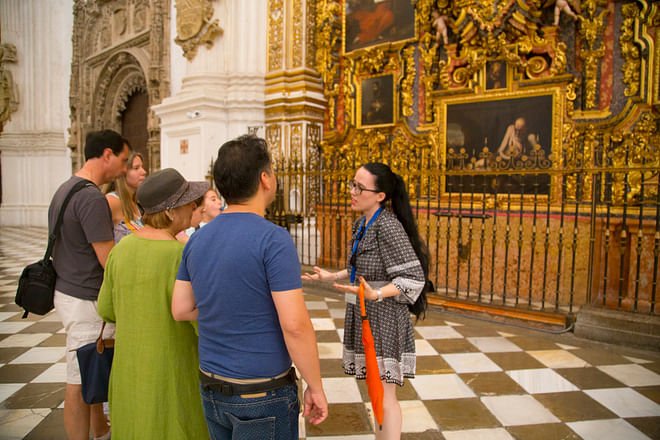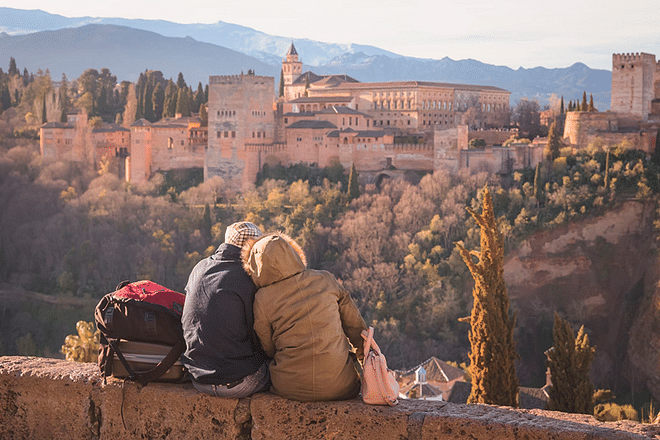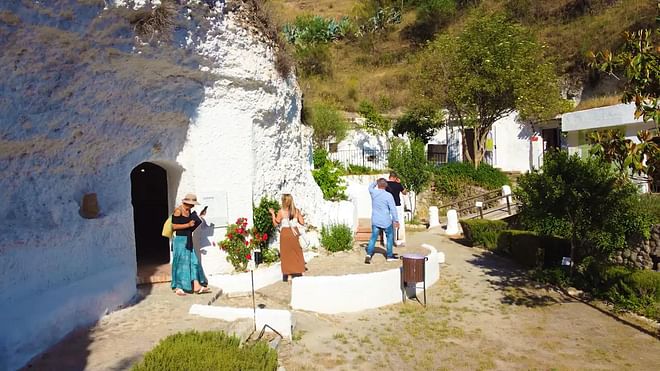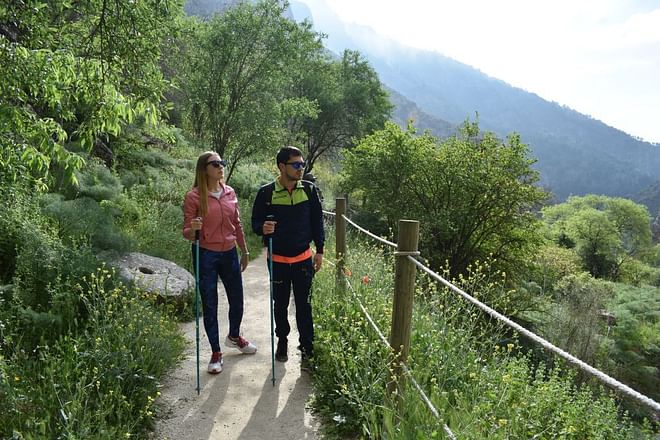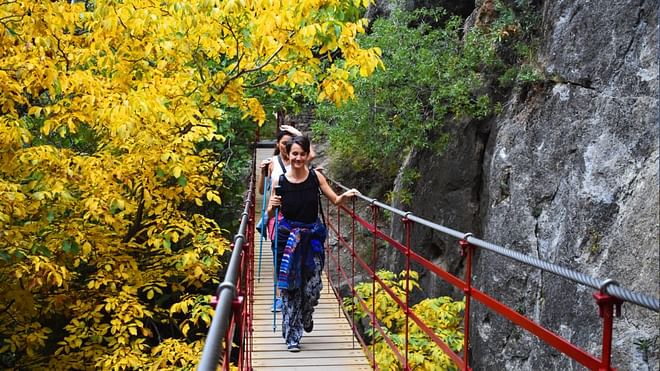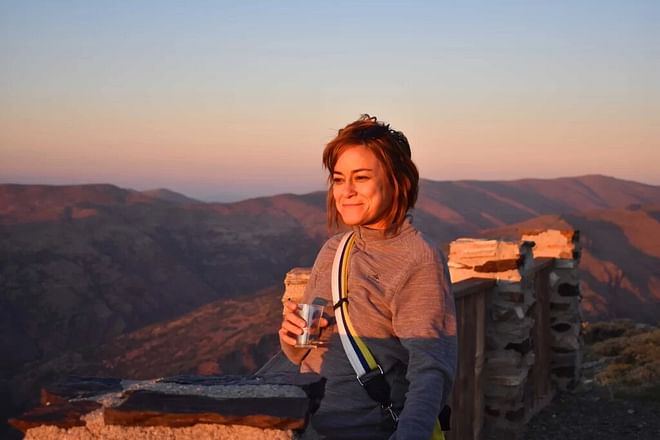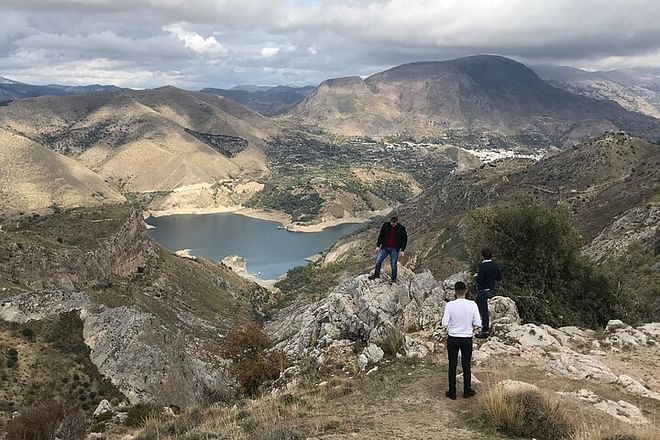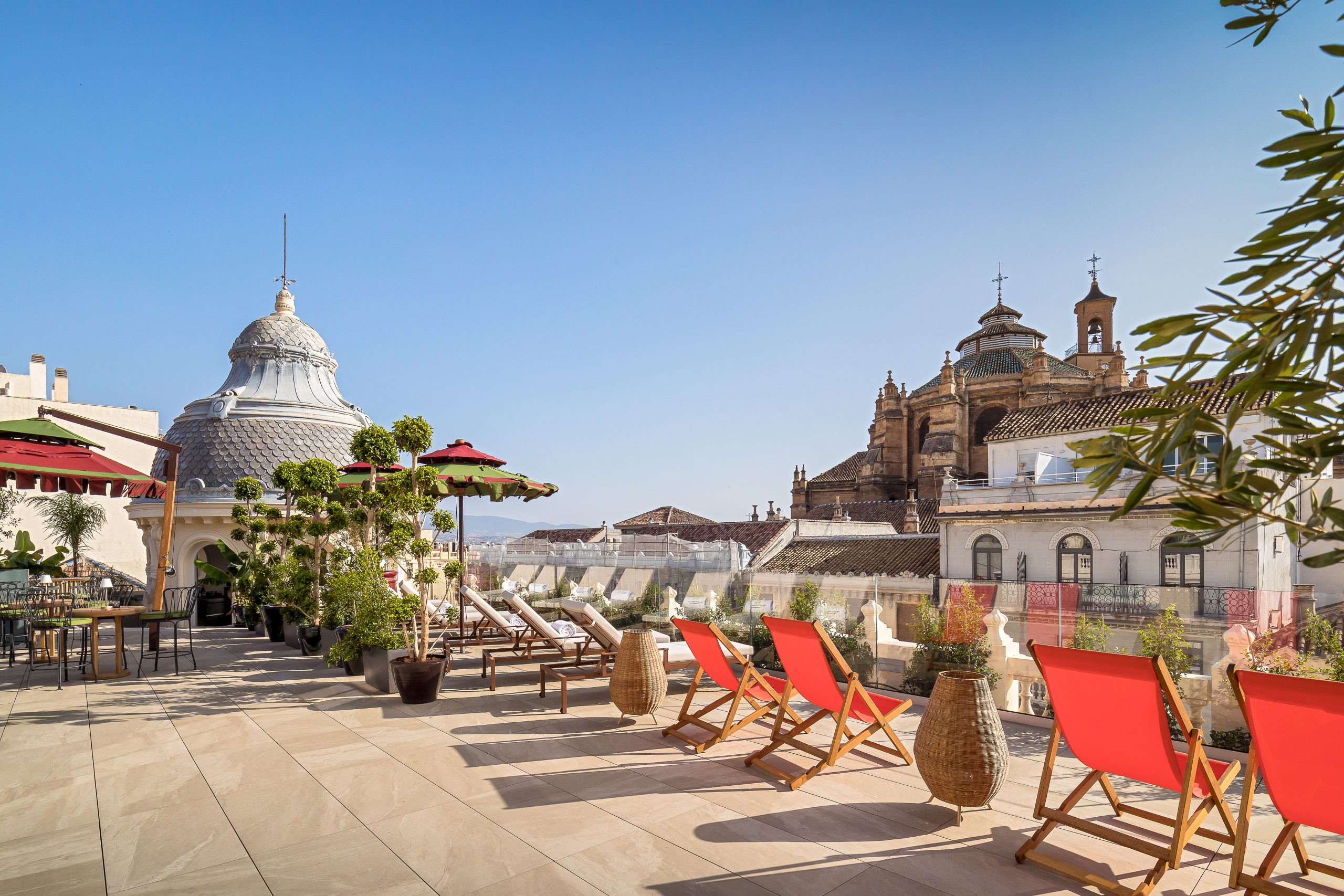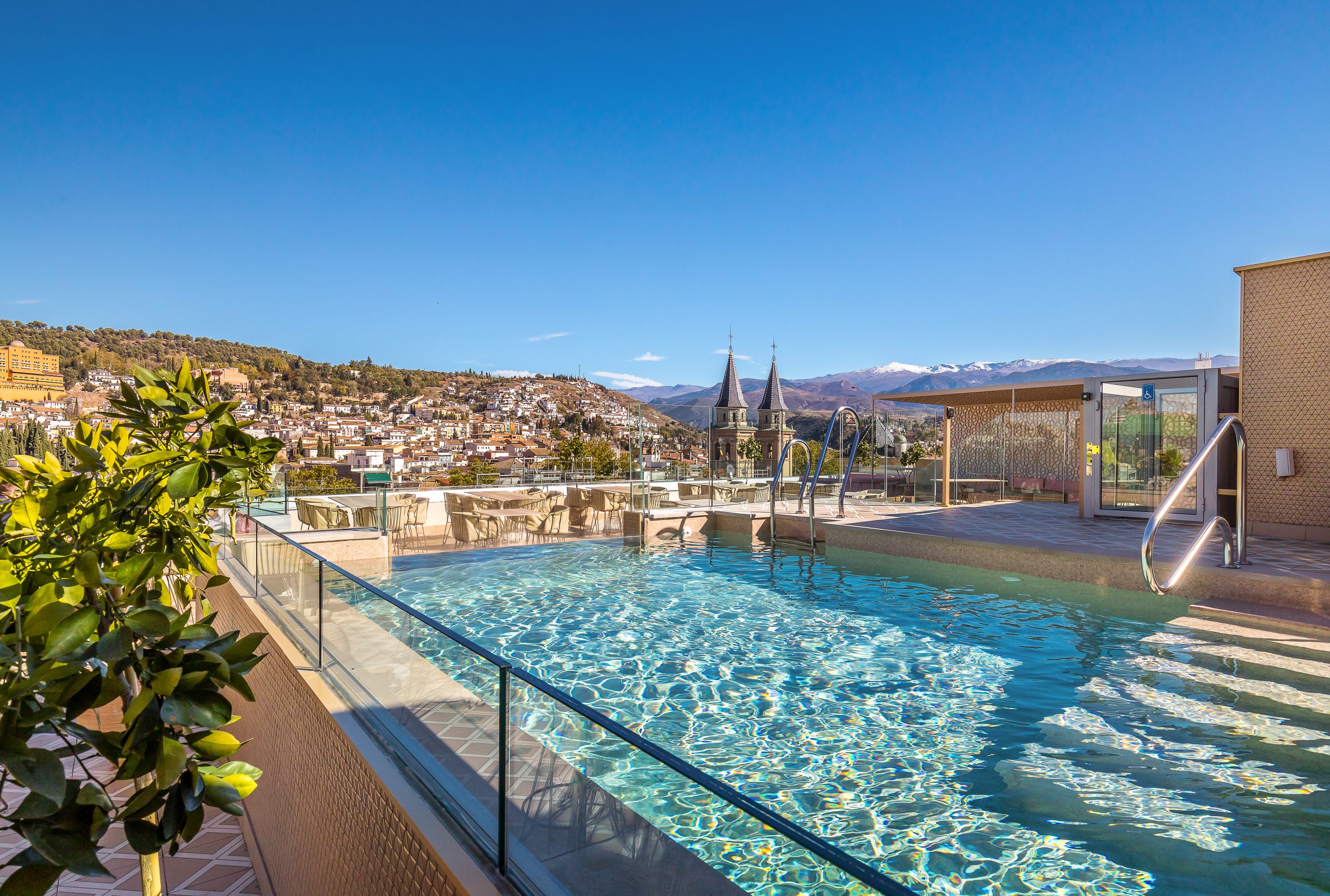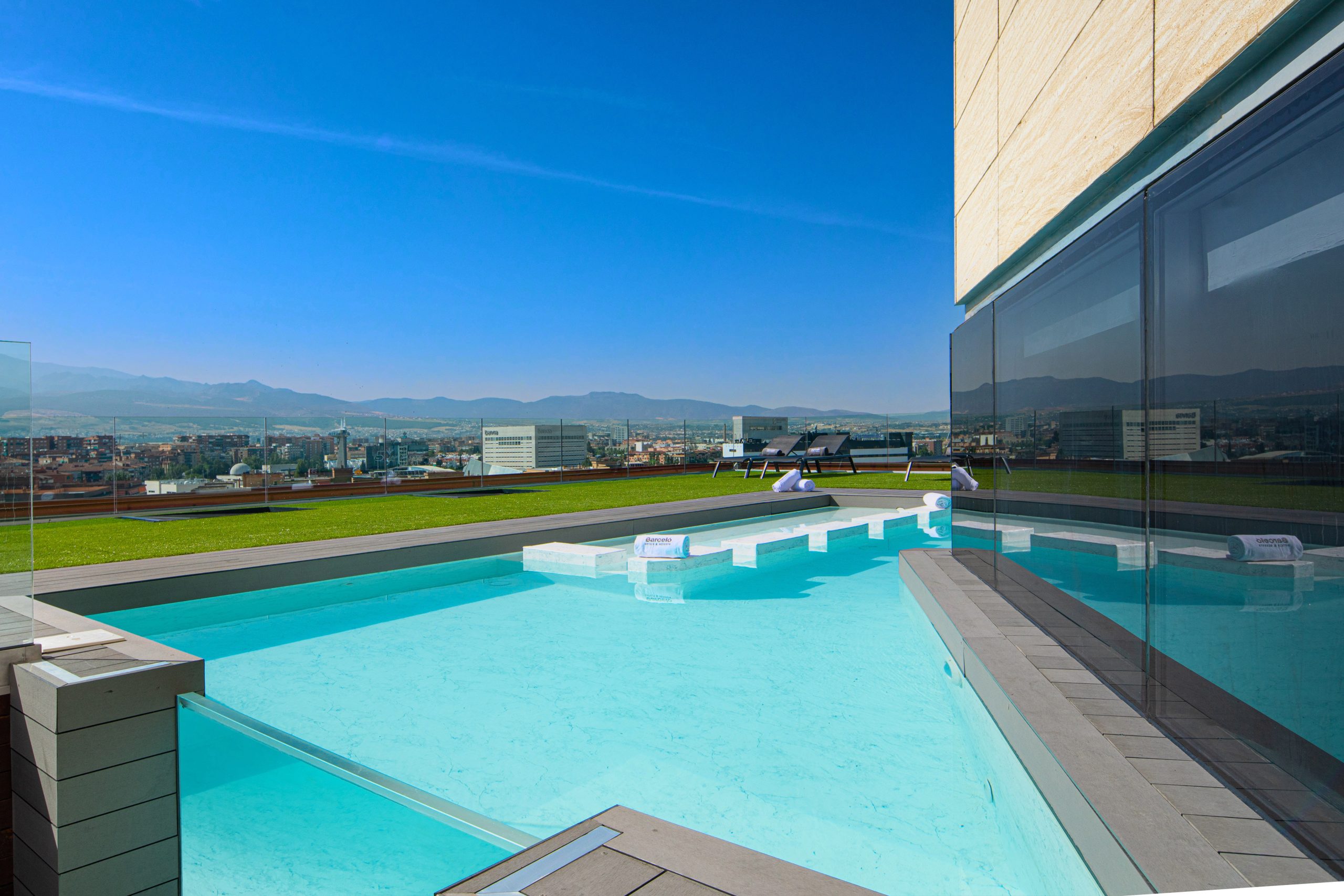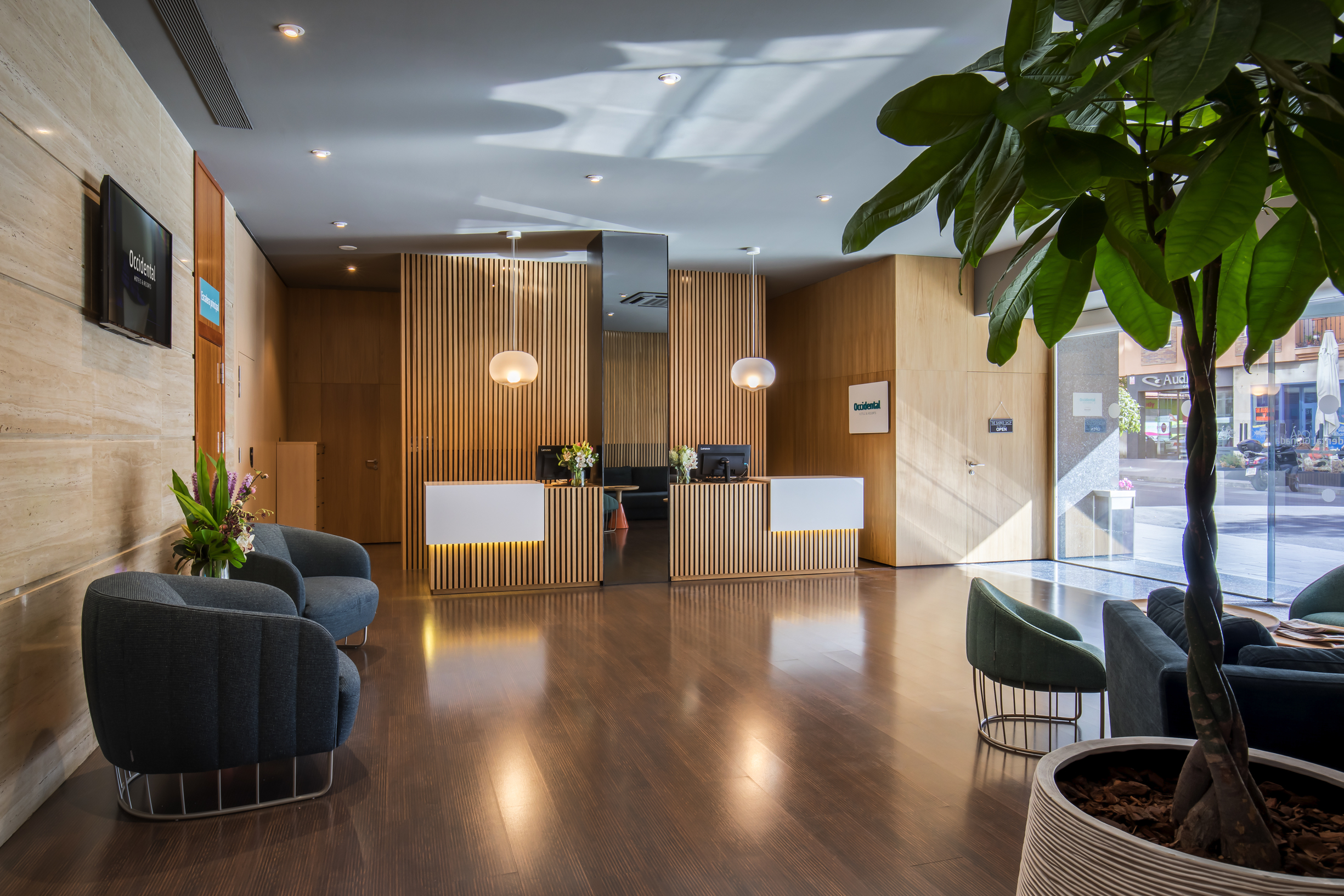Surrounded by mountains and standing opposite the sea, the town of Motril is located 70 kilometres south of Granada close to alluvial plain of the Guadalfeo River. It enjoys a privileged location in a unique natural setting which is notable for its beaches, mountains, the Charca de Suárez nature reserve and a wetland brimming with biodiversity.
This town of 58,000 inhabitants—the second most populous in the province of Granada—is also home to a plethora of centuries-old buildings, which are testament to its rich heritage. The Iglesia Mayor de la Encarnación Church, which dates back to 1502, and the Motril Town Hall, which was built in 1631, are two such examples.
History of Motril
Although evidence suggests that there were Roman settlements in the area, Motril first began to grow under Nasrid rule during the late Middle Ages. This was partly thanks to the construction of aqueducts, which paved the way for the establishment of irrigation systems. Centuries later, after the Catholic Monarchs gained control of the area in 1489, Motril acquired even more importance compared to its neighbouring municipalities.
The cultivation of sugar cane and the development of an industry linked to it waved in a period of economic prosperity that lasted for much of the 19th century. Nowadays, Motril’s primary sources of income are tourism, agriculture—its specific climate has led to the establishment of several tropical fruit plantations—and its port, which is the largest in the Granada province.
What to see in Motril
Motril’s old town
To speak of the Old Town is to speak of the Plaza España, which is home to two of the town’s most important buildings: the Iglesia Mayor de la Encarnación Church and the Motril Town Hall. The latter was built in 1631, eleven years after the previous one had been destroyed during an attempted pirate invasion. Despite the damage, the façade and gallery of the original structure have been preserved.
Standing next to Plaza España is another of Motril’s main attractions: the Calderón de la Barca Theatre. This cultural space was built in 1880 thanks to donations by the town’s bourgeoisie, who enjoyed something of a golden period in the late 19th century thanks to the cultivation of sugar cane and the successes of the related industries. While the outside of the theatre is characterised by its sobriety, the interior is notable for its neoclassical décor.
Iglesia Mayor de la Encarnación
The Iglesia Mayor de la Encarnación is the oldest building in Motril, dating back to 1514. The church’s architect was Alonso Márquez, who designed a monument that blends Gothic and Mudéjar styles on the same spot where the Alixara mosque stood previously. However, subsequent extensions and renovation works saw Renaissance and Baroque details added to the church, giving it an eclectic appearance.
During the Spanish Civil War, the church was used for military purposes. In January 1938, a gunpowder explosion resulted in the destruction of much of the church. After the war, the church had to be rebuilt. It is now categorised as a Bien de Interés Cultural (‘Asset of Cultural Interest’, in English).
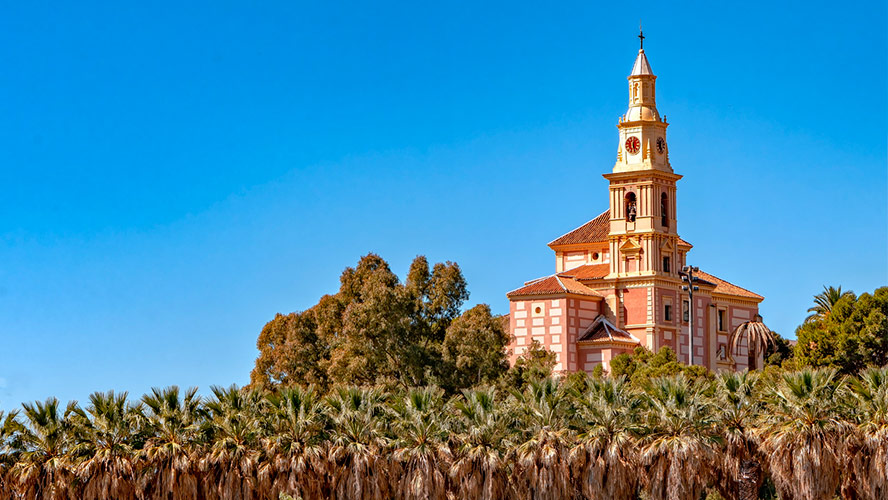
Charca de Suárez nature reserve
During the 18th century, this wetland—which now covers a total surface area of 14.65 hectares—occupied 1,000 hectares in the delta of the Guadalfeo River. The Motril Town Hall acquired the land to ensure the survival of this all-important ecosystem, which is home to 200 different species of vertebrates and as many species of plants. It is free to visit, although it has set opening hours.
Motril’s port
This port, which is the largest and most important in the Granada province, has sporting, fishing and commercial functions. Its strategic location—with three airports located less than an hour away and with it being the closest Andalusian port to Madrid—makes it a key piece of infrastructure. It handles two million tonnes of freight traffic every year.
Motril’s beaches
Motril has a lengthy stretch of charming coastline. The family-friendly Poniente beach, which is rocky rather than sandy, is around two-and-a-half kilometres long. It is the closest beach to the town centre, which means it is fairly busy in summer. The semi-urban Granada beach, meanwhile, which is less busy than Poniente beach, is a popular water sports destination.
Other beaches on this stretch of coastline include Azucenas beach, which is notable for its coarse sand and unspoilt surroundings; the semi-urban Carchuna beach, which is long and perfect for fishing; and the Calahonda beach, located in a village belonging to the municipality of Motril, which is notable for its calm and crystal-clear waters.
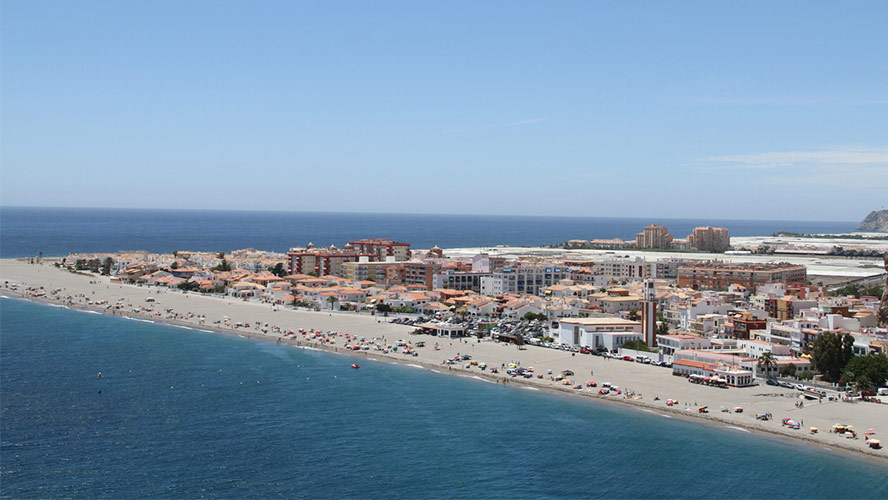
Where to eat in Motril
Given its coastal location, Motril’s gastronomy is naturally characterised by fish and seafood. One of the most popular local delicacies is caridean shrimp, a small crustacean that is often consumed in this Andalusian municipality. This stretch of the Costa Tropical is also known for producing a wide range of exotic fruits, such as cherimoya, papaya, avocado, mango and litchi.
One of the most popular restaurants is La Ballena Azul (Playa de Poniente, s/n), where you can sample freshly-caught fish and shellfish. Another highly regarded restaurant is Zarcillo (Paseo de las Explanadas, Bajo 2), defined by a modern and daring cooking style and high-quality ingredients.




































































